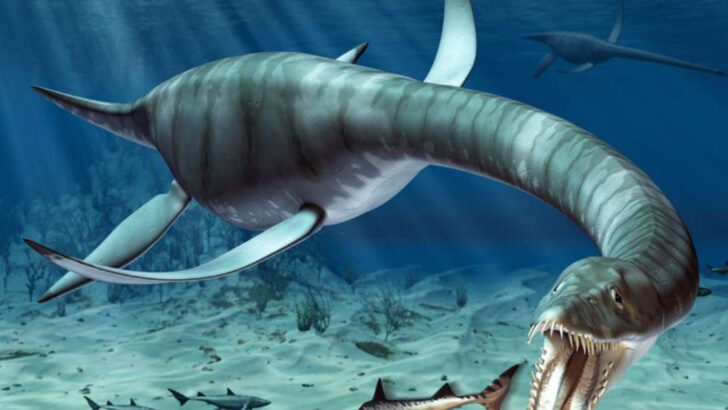The ocean forgets nothing—but we do.
Buried beneath centuries of coral, myth, and murky silence are sea creatures that once ruled the waves. They weren’t just background swimmers. They shaped coastlines, fed empires, and rewrote survival for everything in their path.
Some built reefs before reefs were cool. Others helped ancient sailors navigate when stars disappeared. A few had armor so tough, it baffled scientists and predators alike.
And yet… we barely remember their names.
Let’s fix that.
These 14 aquatic legends didn’t just float through history—they steered it.
Dunkleosteus

Imagine a creature with jaws strong enough to snap a shark in two. Dunkleosteus, an ancient armored fish, roamed the oceans 380 million years ago. Its formidable presence kept the marine ecosystem in balance.
Despite its fearsome reputation, Dunkleosteus played a crucial role in shaping the evolutionary path of marine life. It demonstrated how predators could drive the development of defense mechanisms in prey species.
This behemoth’s existence reminds us of a time when oceans were ruled by giants, highlighting the power dynamics that once shaped the seas.
Ammonites
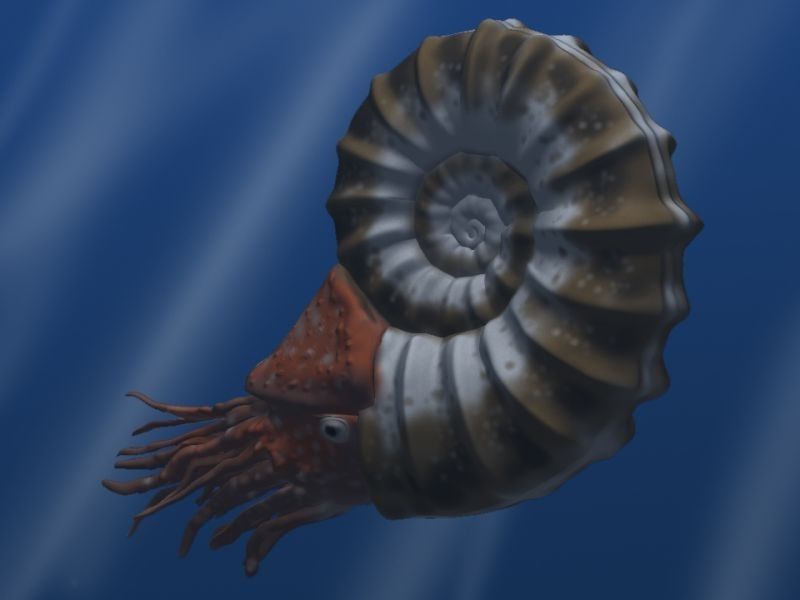
With intricate spiral shells, ammonites were the ocean’s artists. These mollusks thrived over 300 million years ago and served as vital indicators of marine health.
Their fossils offer a window into the past, showcasing the biodiversity that existed before the dinosaurs. Ammonites adapted to changing oceans, influencing the course of evolution for many species.
Their legacy is etched in stone, reminding us of the resilience and adaptability of marine life. Today, they continue to fascinate paleontologists and collectors alike.
Megalodon
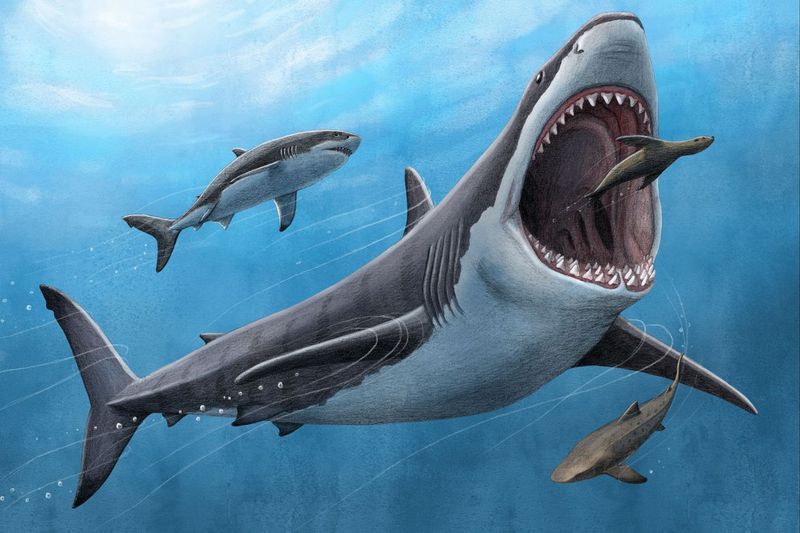
When it comes to apex predators, the Megalodon reigns supreme. This colossal shark, measuring up to 60 feet in length, dominated the oceans millions of years ago.
Its massive jaws and razor-sharp teeth inspired awe and fear across marine ecosystems. Megalodon influenced the evolution of marine mammals, driving them to develop speed and agility for survival.
Though long extinct, its legacy lives on as a symbol of nature’s raw power. Fossilized teeth remain treasured by collectors and scientists who study its impact on ocean life.
Coelacanth
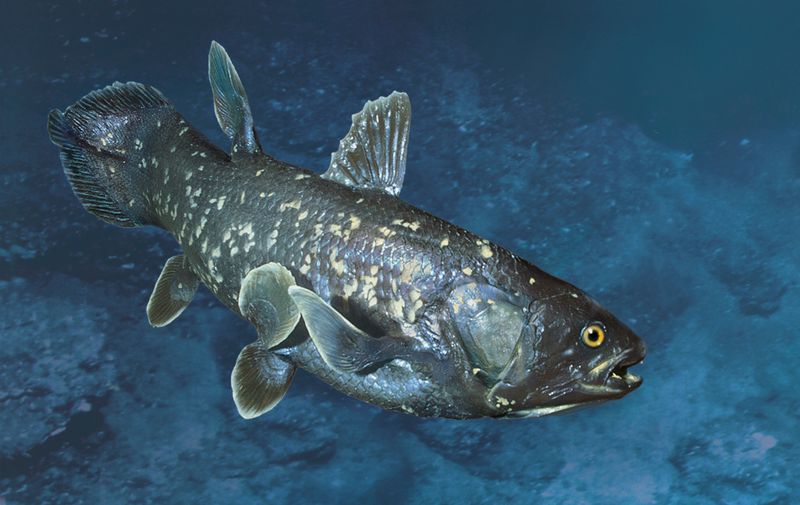
Considered a living fossil, the Coelacanth defied extinction against all odds. Once thought extinct, it was rediscovered in 1938, sparking global fascination.
This lobe-finned fish serves as a direct link to our evolutionary past. Its discovery transformed our understanding of vertebrate evolution, offering insights into the transition from sea to land.
The Coelacanth’s continued existence is a testament to the ocean’s mysteries and the surprises it holds. It remains a symbol of survival and resilience in the face of time.
Giant Isopod
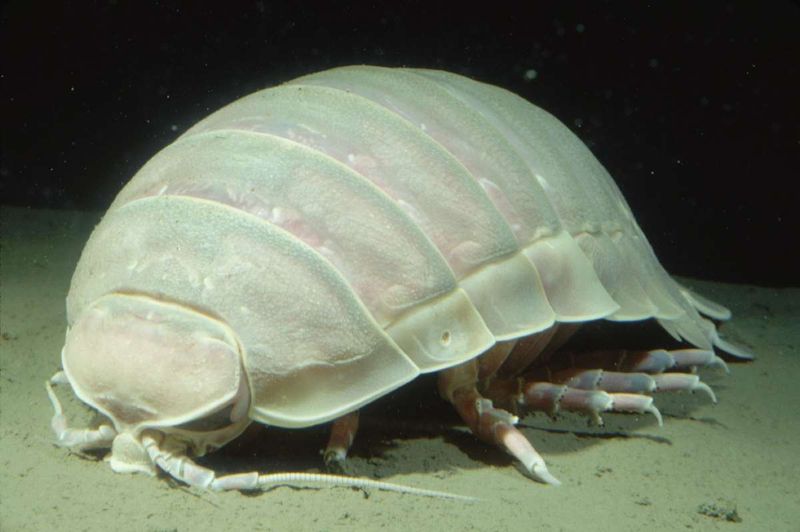
Lurking in the depths, the Giant Isopod is nature’s armored scavenger. Resembling a giant pill bug, it thrives in the deep sea, cleaning up the ocean floor.
These crustaceans play a vital role in the marine ecosystem, scavenging dead material and recycling nutrients. Their unique adaptations to extreme pressure and darkness showcase the wonders of deep-sea life.
Though seldom seen, their existence is crucial for maintaining ecological balance. They remind us of the complex interdependencies that sustain ocean health.
Steller’s Sea Cow

Steller’s Sea Cow, a gentle giant, once roamed the waters of the North Pacific. Discovered by Georg Wilhelm Steller in the 18th century, it was hunted to extinction within 27 years of its discovery.
This peaceful herbivore played a significant role in coastal ecosystems, influencing the growth of sea grasses and providing habitat for other marine life. Its tragic demise highlights the impact of human exploitation on marine species.
Steller’s Sea Cow serves as a sobering reminder of the delicate balance between human activity and ocean conservation.
Nautilus
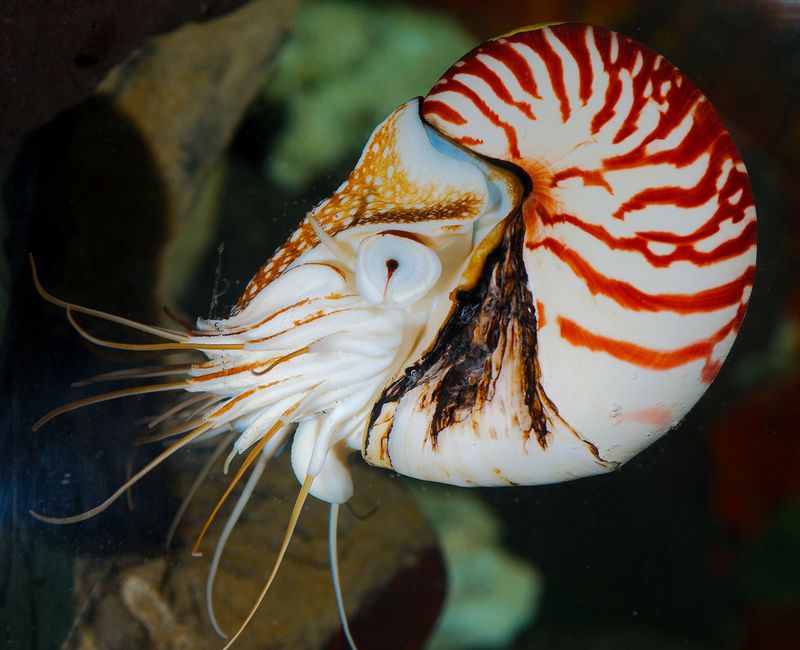
With its elegant chambered shell, the Nautilus is a marvel of the deep. This cephalopod has survived unchanged for millions of years, epitomizing nature’s perfection.
Its buoyancy control and spiral shell design have inspired technological innovations. Nautilus plays a critical role in the deep-sea food web, preying on fish and crustaceans while avoiding predators.
A living testament to evolutionary success, it enchants marine biologists and ocean lovers alike. Its simple beauty and ancient lineage continue to captivate imaginations.
Tardigrade
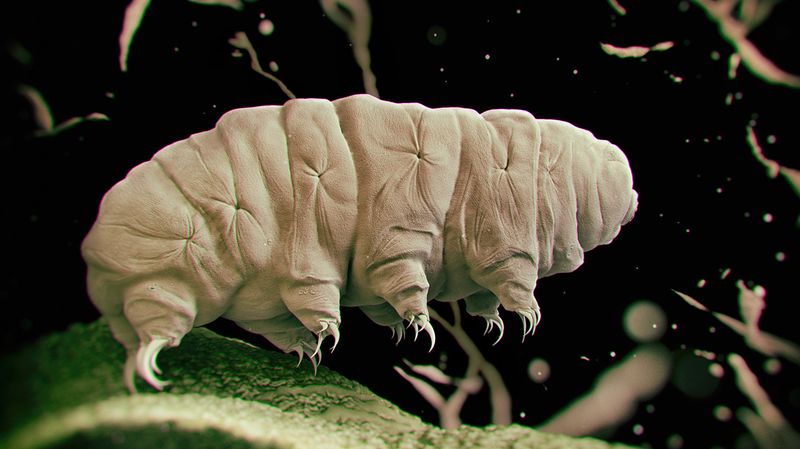
Known as the water bear, the Tardigrade is a microscopic marvel of resilience. These creatures can survive extreme conditions, from the deep ocean to outer space.
In the ocean, tardigrades play a surprising role in nutrient cycling, breaking down organic matter on the sea floor. Their ability to endure harsh environments demonstrates nature’s remarkable adaptability.
These tiny survivors remind us of life’s tenacity, even in the most inhospitable places. Tardigrades offer insights into survival strategies that could inform future scientific advancements.
Horseshoe Crab
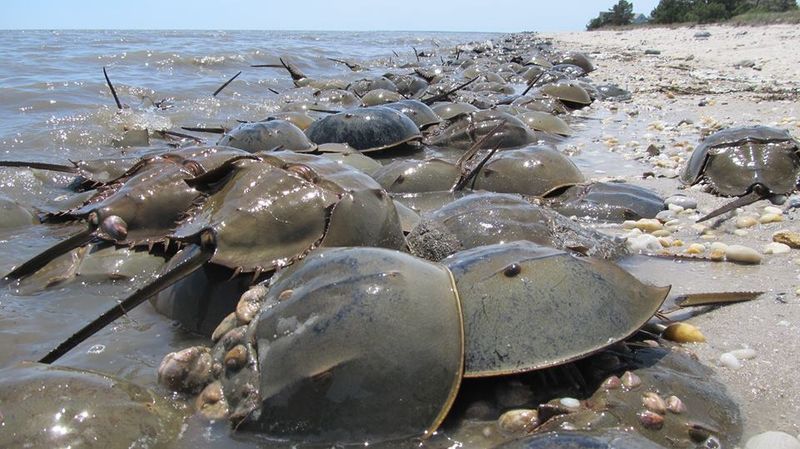
Horseshoe Crabs, with their prehistoric appearance, are vital to both marine and human life. Their blue blood is used in medical testing to detect bacterial contamination.
These crabs have remained unchanged for millions of years, showcasing evolutionary stability. During spawning season, they contribute to the coastal ecosystem by providing food for migratory birds.
Their continued survival underscores the importance of conservation efforts. Horseshoe Crabs are a living link to Earth’s distant past, offering clues to our planet’s evolutionary history.
Giant Squid
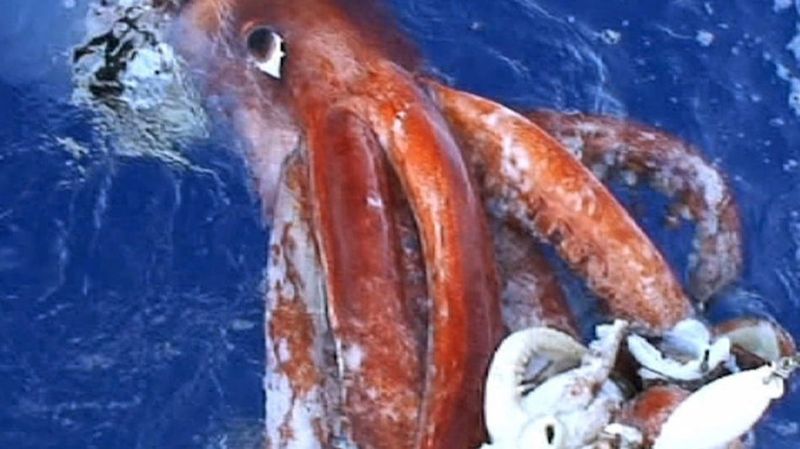
The Giant Squid, shrouded in mystery, has long captured human imagination. Rarely seen, it resides in the ocean’s depths, wielding tentacles that can reach 40 feet.
This elusive creature plays a key role in the marine food chain as both predator and prey. Its battles with sperm whales are legendary, symbolizing the untamed nature of the sea.
The Giant Squid’s enigmatic existence continues to intrigue scientists and inspire folklore, reminding us of the ocean’s vast unknowns.
Sea Scorpion
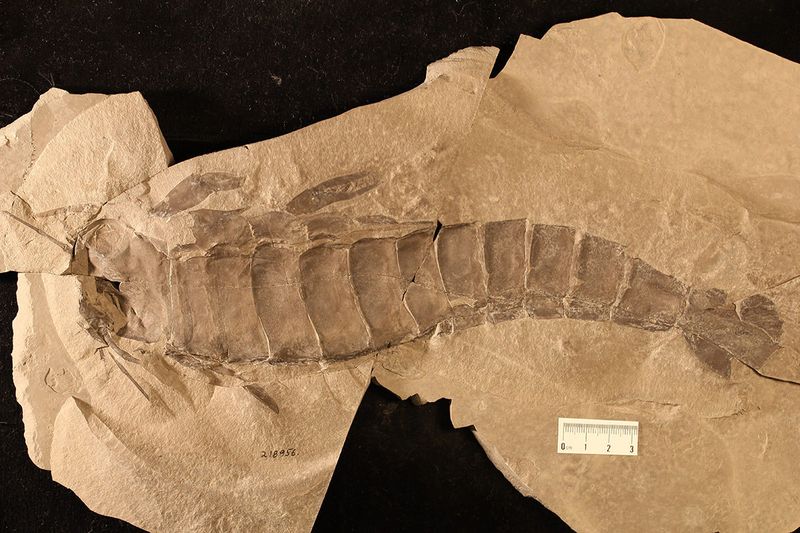
Imagine a creature with pincers that could rival any modern-day predator. The Sea Scorpion, or Eurypterid, once dominated ancient seas over 400 million years ago.
These formidable arthropods left a lasting mark on marine ecosystems, influencing the evolution of fish and other marine life. Their fossils provide valuable insights into early oceanic environments.
The Sea Scorpion’s legacy is a testament to the diversity and complexity of life that once thrived beneath the waves, long before human history began.
Basilosaurus
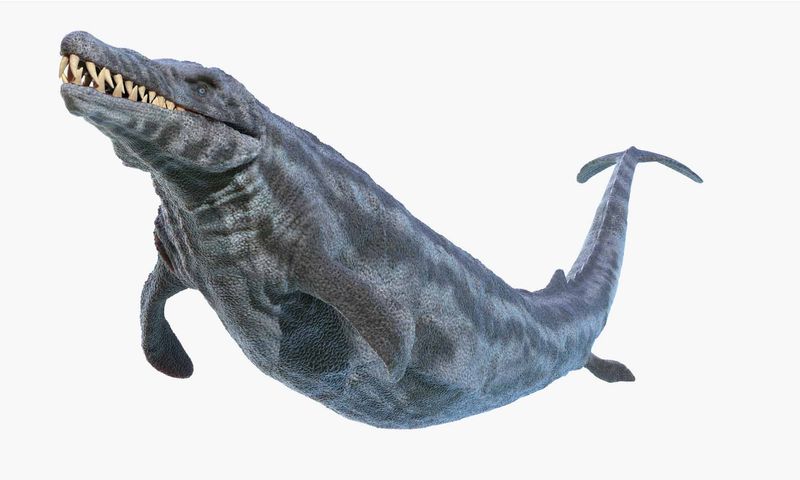
Basilosaurus, a prehistoric whale with an elongated body, ruled the Eocene oceans. Despite its name, which means “king lizard,” it was a true mammal, bridging the gap between land and sea creatures.
This ancient whale’s existence marked a critical point in the evolution of marine mammals, paving the way for modern whales and dolphins. Its unique adaptations exemplified the transition from terrestrial to aquatic life.
Basilosaurus serves as a fascinating chapter in the story of life’s adaptability and evolution. It remains a subject of study for paleontologists worldwide.
Plesiosaurus

With its long neck and graceful form, the Plesiosaurus evokes images of myth and mystery. This Jurassic marine reptile ruled ancient seas, inspiring countless legends of sea serpents.
As an adept swimmer, the Plesiosaurus shaped marine food webs, preying on fish and cephalopods. Its unique body structure provided insights into aquatic locomotion and adaptation.
The allure of the Plesiosaurus endures, bridging the gap between myth and science. Its fossilized remains continue to shed light on the diversity and evolution of prehistoric marine life.
Opabinia
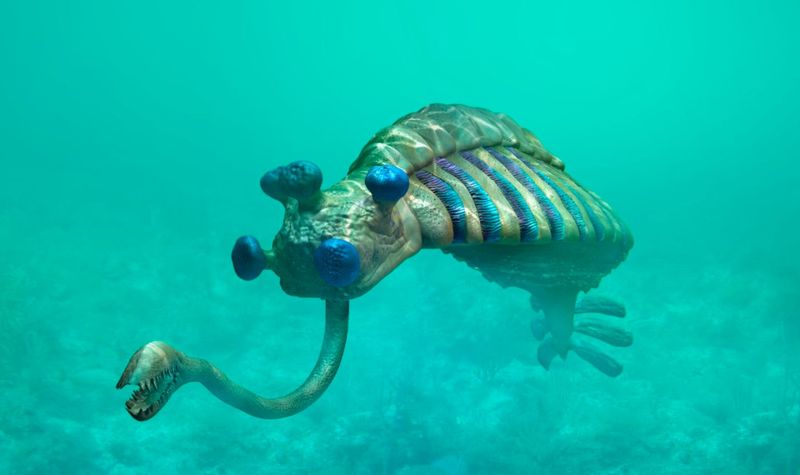
Imagine a creature with five eyes and a quirky trunk-like appendage, like something out of a science fiction movie. Meet Opabinia, a peculiar marine animal from the Cambrian period, about 505 million years ago. Its body was segmented, and it swam gracefully through the ancient oceans, using its unusual proboscis to hunt for food.
Opabinia’s unique anatomy puzzled scientists for decades. Its discovery challenged existing theories about the evolution of arthropods, showcasing nature’s experimentation during the Cambrian explosion. This tiny creature, though bizarre, provides insight into the diversity and adaptability of early marine life.

